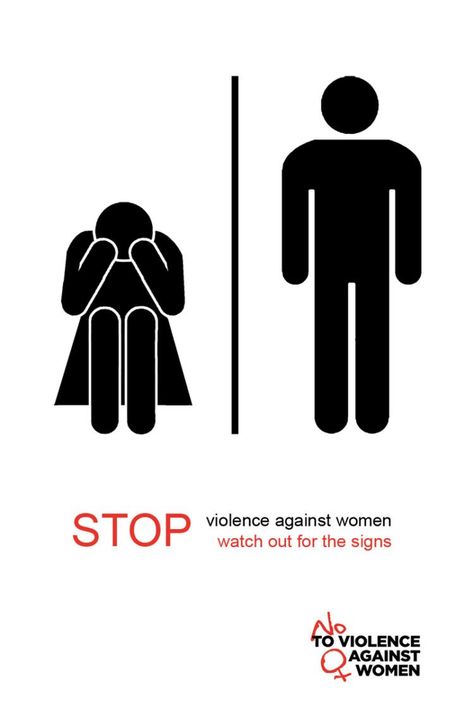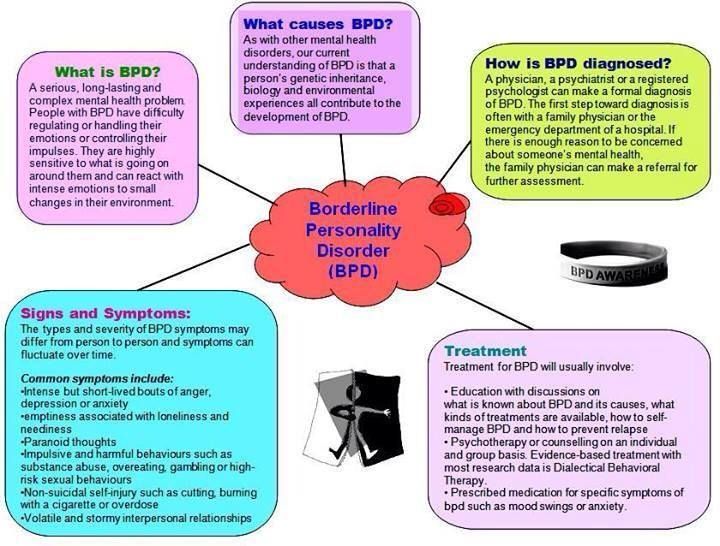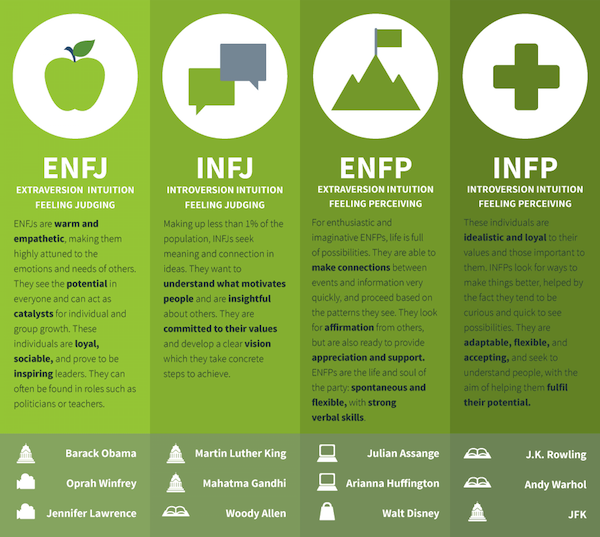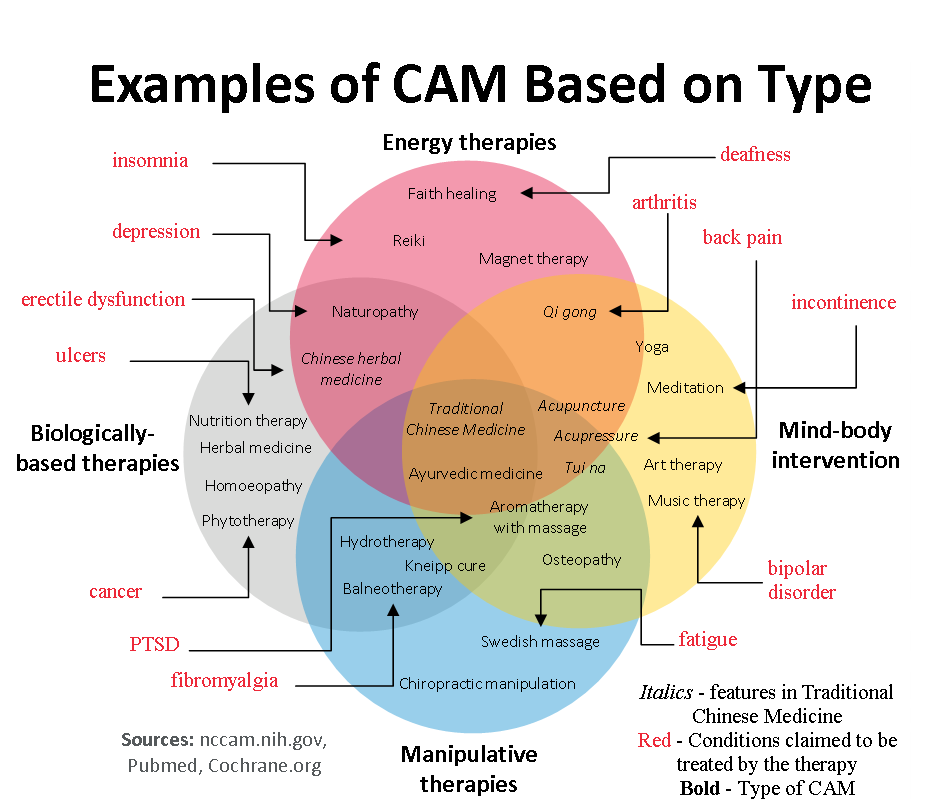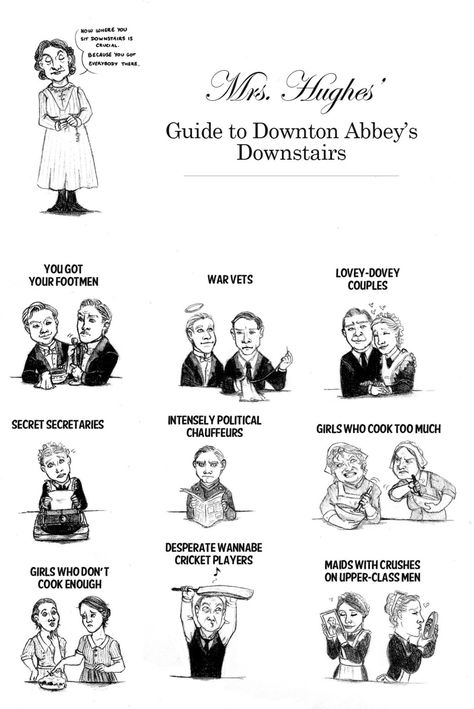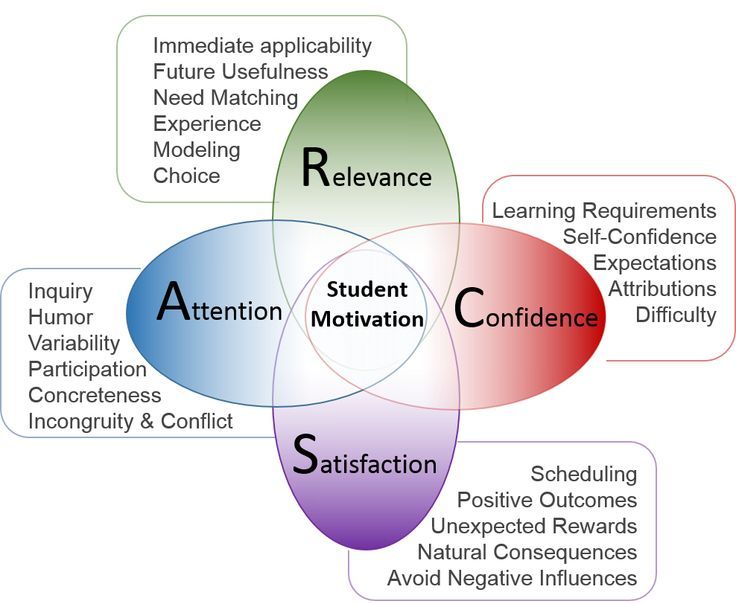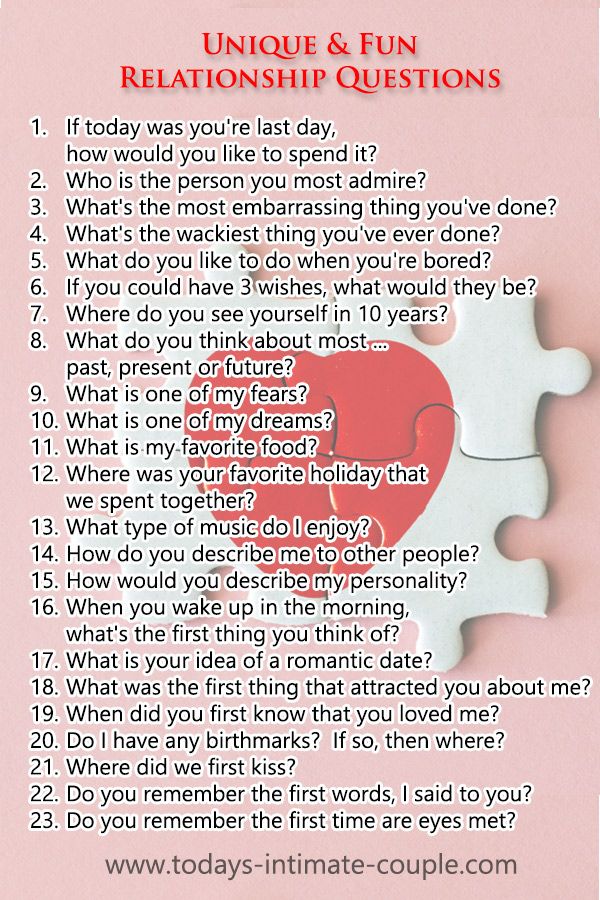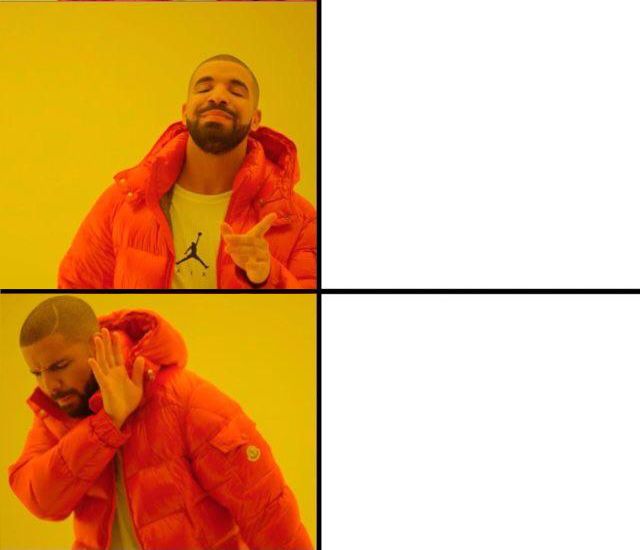Signs of violence
Warning Signs of Violence - School Safety
Compiled by Suzanne Sibole, Youth Risk Prevention Specialists
Verbal Clues
Direct and indirect threats
Verbalizing a violent plan
Recurrent suicide threats or statements
Expresses a wish to kill, to be killed or a wish to die
Threatens or brags about bringing a weapon to school
Threatening/harassing phone calls or emails
Expresses hopelessness, despair or depression
Speaking of violent behavior or fantasies
Excessive profanity (contextually inappropriate)
Challenging or intimidating statements
Threatening and/or loud speech
Name-calling or abusive language
Expresses feelings of being persecuted by other students and staff
Expresses admiration for school shooters
Has talked of plans for mayhem, but when questioned, says he/she was only joking
Behavioral/Physical Clues
Physical altercation, assault upon another person, frequent fighting
Knowledgeable about and/or has used weapons; access to weapons
Drawings and other creative outlets with persistent or intense violent themes
Has a preference for violent media such as bloody action films and first-person shooter games
Violent attire (camouflage fatigues, violent message shirts)
Physically intimidates peers/younger children
Following/surveilling targeted individuals
Short-fused, loss of emotional control
Destruction of property
Bullying
Victim of bullying or teasing; feels concerns are being ignored
Deteriorating physical appearance and self-care
Possession of violent literature and information pertaining to known or suspected hate groups
Inappropriate displays of emotion, particularly anger, depression or rage
Isolated and withdrawn; rejects communication
Signs or history of substance use/abuse/dependence
Signs of depression/severe mood swings
Rebellion against school authority
Identifiably violent tattoos
Does not show concern for legal and personal consequences
Downloads bomb-making recipes or detailed information on school shootings from Internet
Has developed a hit list of enemies or has drawn plans of the school
Appears to lack appropriate empathy for victim(s)
Is observed during student interview as maintaining prolonged stares
Is observed as having signs of agitation during student interview: pacing, clenching fists and teeth
Obsessions
Sees self as victim of a particular individual
Grudges and deep resentments
Particular object of desire
Perceived injustices, humiliations, disrespect
Thoughts of death or other incidents of violence
Narrow focus – “sees no way out”- tunnel vision
Publicized acts of violence
Historically violent figures
Violent music and other media
Weapons and destruction
Stalking
Thoughts
Brooding over an event where he/she was unfairly treated or humiliated
Perception of being unfairly treated
Persecutory delusions with self as victim
Paranoid
Delusions, in general
Command hallucinations
Grandiose delusions that involve power, control, destruction
Significantly deteriorated thought processes
Other
History of being bullied or teased dating back to elementary years
History of bringing a weapon to school
History of violent acts
Has been prescribed antipsychotic or antidepressant medications
If you see a collection of warning signs in someone about whom you have concerns, and are uncertain of how to proceed, read this.
Sources:
Mohandie, K. (2002). School Violence Threat Assessment, San Diego: Specialized Training Services
Lieberman, J.A. (2008). School Shootings, New York: Citadel Press
Cullen, D. (2009). Columbine. New York: Hachette Book Group
Letson, T. (2009). Bullystoppers.com
Concerning Behaviors – Department of Risk Assessment
Concerning BehaviorsIt is the responsibility of all employees and students at NC State to be alert to the possibility of violence and other concerning behaviors on the part of prospective, current or former employees or students as well as campus visitors and to REPORT this information.
Inappropriate behaviors and/or communications may precede a violent incident. The Workplace Violence Prevention & Intervention American National Standard indicates that behaviors emerge as ‘warning signs’ of potential violence, offers a key opportunity for the University to prevent the progression to more serious incidents.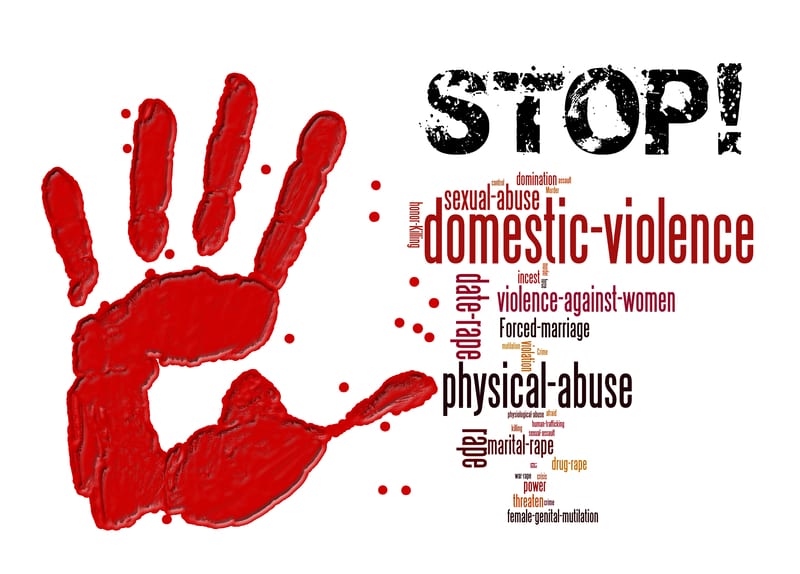
The discipline of violence risk assessment involves examining a full range of factors and circumstances, including an individual’s personal history, felt grievances, motives, justifications, intentions, and actions. While certain behaviors raise flags and serve as a warning, no ‘profile’ exists to identify likely perpetrators of workplace or university violence.
WARNING SIGNS INCLUDE; BUT ARE NOT LIMITED TO, THE FOLLOWING:
- Making direct or implied threats of violence.
- A criminal or personal history suggestive of a propensity to use violence to project power and to control others.
- Aggressive outbursts, comments, or excessive displays of anger.
- Verbal abuse or harassment.
- Harboring grudges, an inability to handle criticism, habitually making excuses, and blaming others.
- Chronic, unsubstantiated complaints about persecution or injustice.
- Obsessive intrusion upon others or a persistent unwanted romantic pursuit.

- Erratic, impulsive, or bizarre behavior that has generated fear among University affiliates.
- Homicidal or suicidal thoughts or ideas.
- A high degree of emotional distress.
- Apparent impulsivity and/or low tolerance of frustration.
- Expressing fascination with firearms or asserting ownership of firearms (see NC State’s policy on firearm possession on campus).
- Preoccupation with violent themes of revenge.
- Unusual interest in recently publicized violent events.
- Identification with criminal or terrorist individuals, acts and/or philosophy.
- Any behavior or collection of behaviors that instill fear or generate concern that a person might act out violently.
- Recent or impending losses including employment, academic, relationship, financial, or status in conjunction with denial and limited coping mechanisms.
- Preparatory actions for a violent act including research & planning and acquiring & practicing with weapons for that act.

- Substance abuse in conjunction with behaviors described above.
Domestic Violence
Sexual Violence
Stalking
Types and signs of violence | Glubokoe region | Deep | News of Glubokoe | News of the Glubokoe region
Prevention of domestic violence / Types and signs of violence
TYPES OF VIOLENCE
Physical violence - direct or indirect impact on the victim with the intent to cause physical harm, expressed in mutilation, severe bodily harm, beatings, kicks, slaps, pushes, slaps, throwing objects and so on.
Sexual abuse - violent acts in which a person is forced, against his will, by force, threat or deceit, into any form of sexual relations.
Psychological - harm to the psychological health of a person, manifested in insults, intimidation, threats, blackmail, control.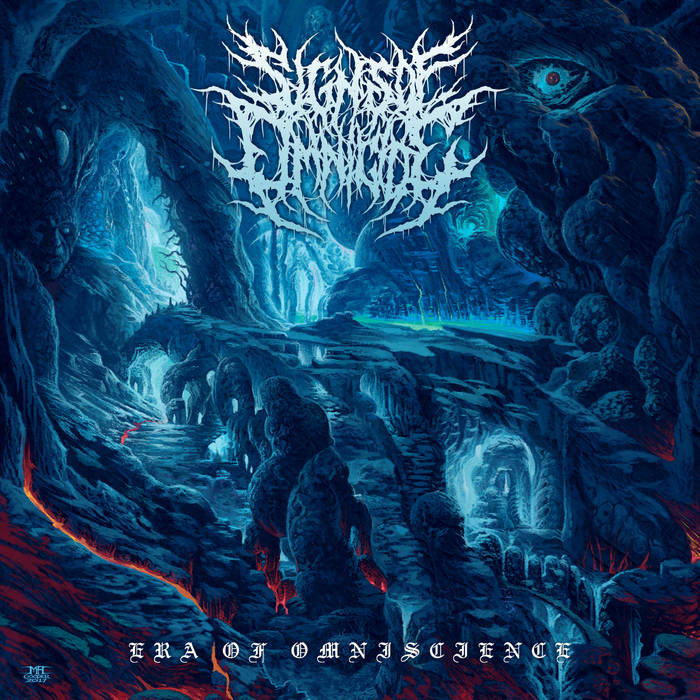
Economic violence – financial pressure, which can manifest itself in a ban on work or education, deprivation of financial support, complete control over expenses.
SIGNS OF VIOLENCE
Physical violence - marks of blows, scars, cuts on the hands, face, legs and other parts of the body, fractures or bruises, burn marks.
Sexual violence - sexual touching a person without his consent, forcing a person to undress, forcing him to have sexual contact with him.
Psychological abuse – constant shouting and threats towards a person, swearing and using obscene words, humiliation, insulting a person, intimidation, establishing control, etc.
Financial exploitation - denial of livelihood, strict financial control, unexpected financial problems or loss of money, concealment of income, use of a bank card when an elderly person cannot walk, economic dependence on his abuser.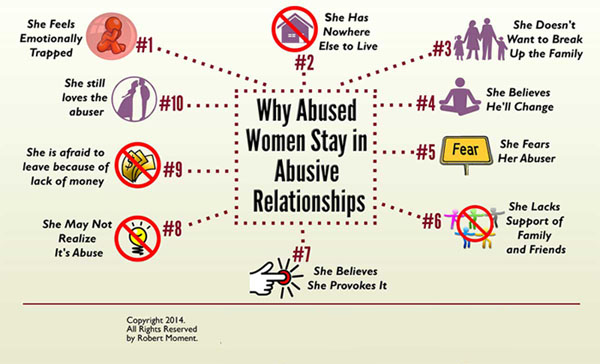
All types of violence are closely interrelated. If the aggressor in the family practices physical violence, of course, this causes mental trauma, and not just physical pain. Economic violence is often based on manipulation and control. There are usually physical injuries and consequences behind sexual assault. As a rule, it is difficult to imagine a situation where the aggressor uses only one type of violence, often the victims suffer from the simultaneous manifestation of its various types.
CYCLE OF VIOLENCE
Increasing tension in relationships
Dissatisfaction in relationships increases and communication between family members is disrupted. On the part of the aggressor, planning and “preparation” take place. He/she can visualize the next attack. He/she enjoys the power of fulfilling his/her fantasy. In most cases, the perpetrator is not aware of this internal "preparation" for various reasons.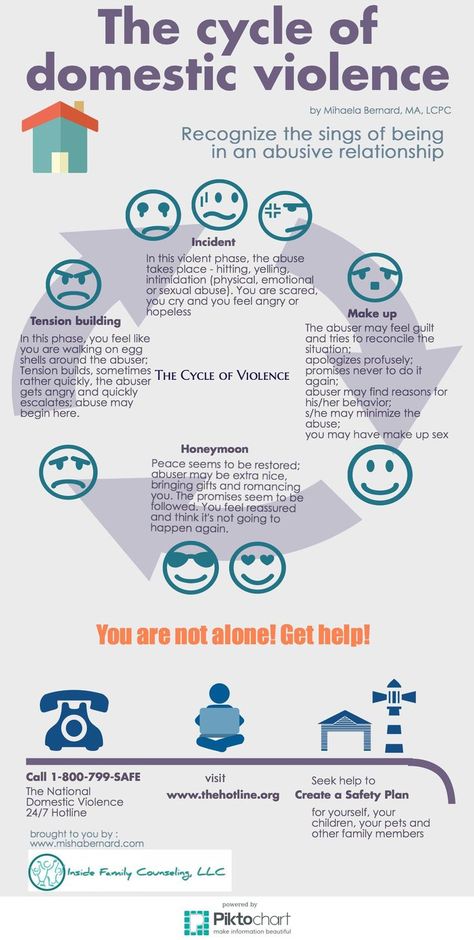 One of them may be the learned "script" of relations in the parental family.
One of them may be the learned "script" of relations in the parental family.
Violent incident
An outbreak of verbal, emotional or physical abuse occurs. Accompanied by rage, arguments, accusations, threats, intimidation.
Reconciliation
The offender apologizes, explains the reason for the abuse, shifts blame to the victim, sometimes denies what happened or convinces the victim to exaggerate the events.
It is difficult for the victim, and sometimes it is unbearable for the rapist to be in a state of tension associated with the fact of violence. Therefore, in order to get rid of the "heavy burden" of responsibility, he / she takes some action. The abuser makes excuses and blames the victim for the reason for their behavior. As a rule, the victim is blamed for her behavior. For example, "If you had cleaned the house, I would not have had to hit you" or "If you had cooked dinner on time, I would not have had to hit you.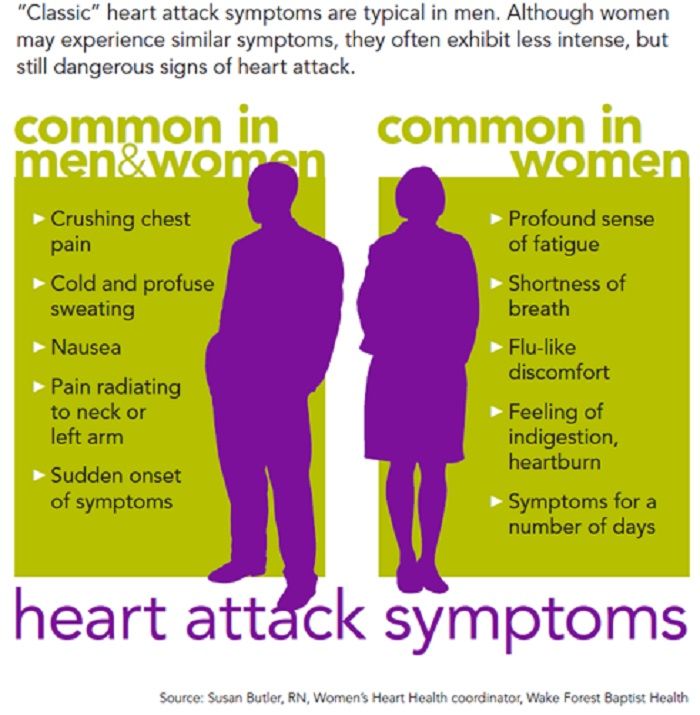 " A person who practices violence does not repent of hurting his victim. He may apologize, but only to avoid possible punishment. The purpose of this stage is to ensure their impunity.
" A person who practices violence does not repent of hurting his victim. He may apologize, but only to avoid possible punishment. The purpose of this stage is to ensure their impunity.
Honeymoon
This is a difficult stage. After abuse, the abuser can turn into the caring, loyal, and kind person that she, the victim, loved him. He/she can take him/her to a restaurant, buy flowers, assure her/him that he/she will change. The goal is to keep the victim in the family and maintain a semblance of well-being. The violent incident is forgotten, the offender is forgiven. Many women/men return to their abusive partners for this period when
“everything is so good!”, “as if at the beginning of our acquaintance!”, “how he/she loves me!” . After the honeymoon, the relationship returns to stage one and the cycle repeats. As time progresses, each phase becomes shorter, violent outbursts become more frequent and cause more damage.
Types and signs of domestic violence
Domestic violence is a deliberate emotional or forceful coercion/action of one person over another person, carried out for a specific purpose, contrary to the consent, will and interests of the victim.
The main difference between domestic violence and other types of violence is that it occurs between people who are close or related.
What is domestic violence? is the deliberate use of various forms of physical, sexual, psychological and economic violence by one family member against another, resulting in bodily injury, emotional trauma, developmental disabilities or various types of damage.
Types of violence:
Physical violence - direct or indirect impact on the victim with the intent to cause physical harm, expressed in mutilation, severe bodily harm, beating, kicking, slapping, pushing, slapping, throwing objects, etc.
Sexual abuse is a violent act in which a person is forced, threatened, or deceived against their will into some form of sexual relationship.
Psychological - harm to the psychological health of a person, manifested in insults, intimidation, threats, blackmail, control, etc.
Economic violence - financial pressure, which can manifest itself in a ban on work or education, deprivation of financial support, complete control over expenses.
Medical violence - negligence and untimely delivery of medicines, intentional overdose of a medicine, or, conversely, deliberate refusal of a patient to receive the necessary medicine.
Neglect - irresponsibility or failure to provide an elderly person with the necessary conditions for life: food, drink, clean clothes, safe and comfortable housing, personal hygiene products, medical care, and more.
Pronounced signs of violence:
Physical abuse:
- marks of blows, scars, cuts on the hands, face, legs and other parts of the body;
- fractures or bruises;
- traces of burns;
Sexual abuse:
- sexual touching of a person without his consent;
- forcing an elderly person to undress;
- forcing a person to have sexual contact with him.
Psychological abuse:
- constant screaming and threats towards an elderly person;
- swearing and using obscene words;
- humiliation of an elderly person;
- ignoring an elderly person when he asks for something.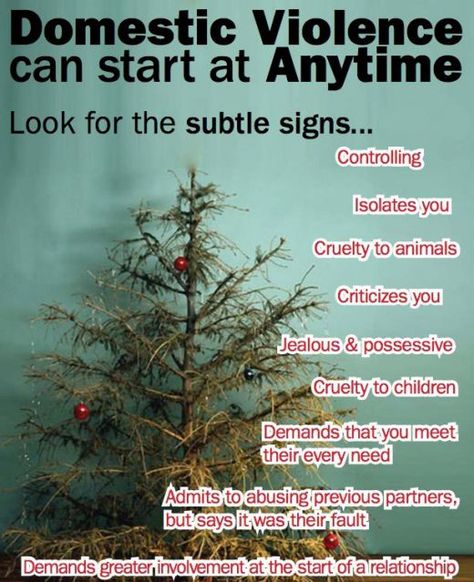
Financial exploitation:
- ordering services, making donations or unnecessary expenses;
- unexpected financial problems or loss of money;
- using a bank card when an elderly person cannot walk;
- loss of money in a bank account or cash.
All types of violence are closely interrelated. If the aggressor in the family practices physical forms of violence, of course, this causes mental trauma, and not just physical pain. Economic violence is often based on manipulation and control. There are usually physical injuries and consequences behind sexual assault. As a rule, it is difficult to imagine a situation where the aggressor uses only one type of violence, often the victims suffer from the simultaneous manifestation of its various types.
- Increasing tension in relationships
Dissatisfaction in relationships increases and communication between family members is disrupted. On the part of the aggressor, planning and “preparation” take place.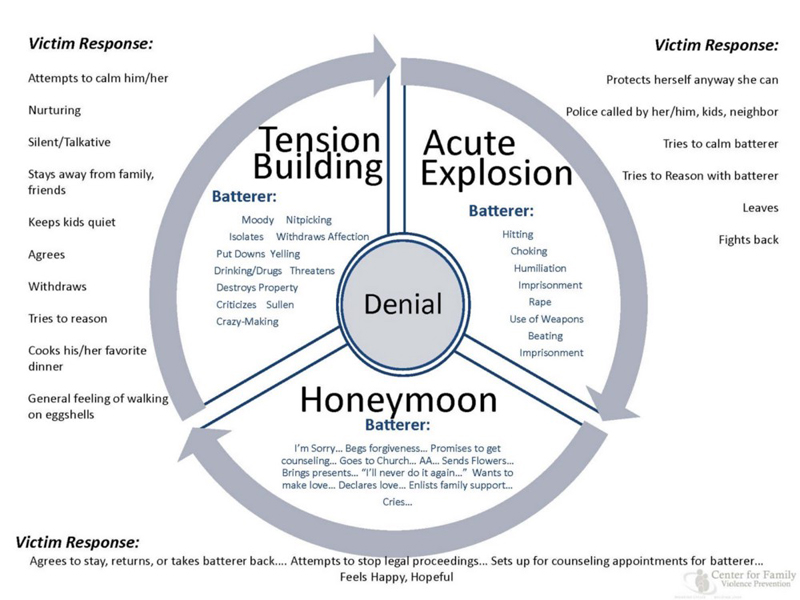 He/she can visualize the next attack. He/she enjoys the power of fulfilling his/her fantasy. In most cases, the perpetrator is not aware of this internal "preparation" for various reasons. One of them may be the learned "script" of relations in the parental family.
He/she can visualize the next attack. He/she enjoys the power of fulfilling his/her fantasy. In most cases, the perpetrator is not aware of this internal "preparation" for various reasons. One of them may be the learned "script" of relations in the parental family.
- Violent incident
There is an outbreak of verbal, emotional or physical abuse. Accompanied by rage, arguments, accusations, threats, intimidation.
- Reconciliation
The abuser apologizes, explains the reason for the abuse, shifts blame to the victim, sometimes denies what happened, or convinces the victim to exaggerate the events.
It is difficult for the victim, and sometimes it is unbearable for the rapist to be in a state of tension associated with the fact of violence. Therefore, in order to get rid of the "heavy burden" of responsibility, he / she takes some action. The abuser makes excuses and blames the victim for the reason for their behavior.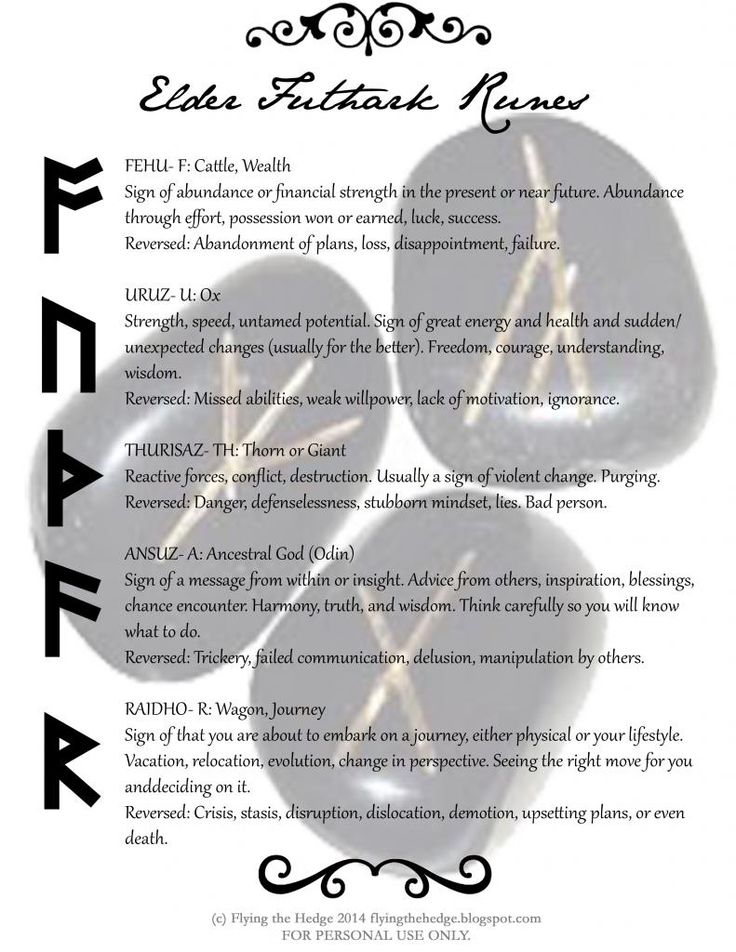 As a rule, the victim is blamed for her behavior. For example, "If you cleaned the house, I wouldn't have to hit you" or "If you cooked dinner on time, I wouldn't have to hit you." A person who practices violence has no remorse for hurting his victim. He may apologize, but to avoid possible punishment. The purpose of this stage is to ensure their impunity.
As a rule, the victim is blamed for her behavior. For example, "If you cleaned the house, I wouldn't have to hit you" or "If you cooked dinner on time, I wouldn't have to hit you." A person who practices violence has no remorse for hurting his victim. He may apologize, but to avoid possible punishment. The purpose of this stage is to ensure their impunity.
- Honeymoon
This is a difficult stage. After abuse, the abuser can turn into the caring, loyal, charming and kind person that she, the victim, fell in love with him. He/she can take him/her to a restaurant, buy flowers, assure her/him that he/she will change. The goal is to keep the victim in the family and maintain a semblance of well-being. The violent incident is forgotten, the offender is forgiven. Many women / men return to their abusive partners for this period when “everything is so good!”, “as if at the beginning of our acquaintance!”, “how he / she loves me!”. After the honeymoon, the relationship returns to stage one and the cycle repeats.